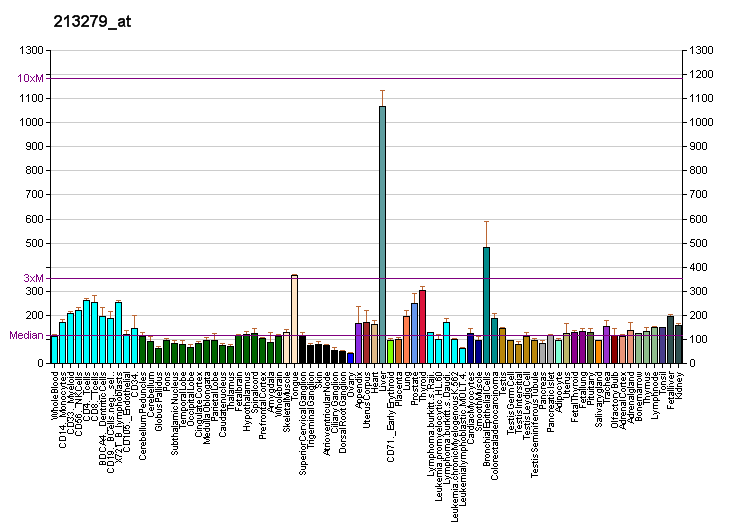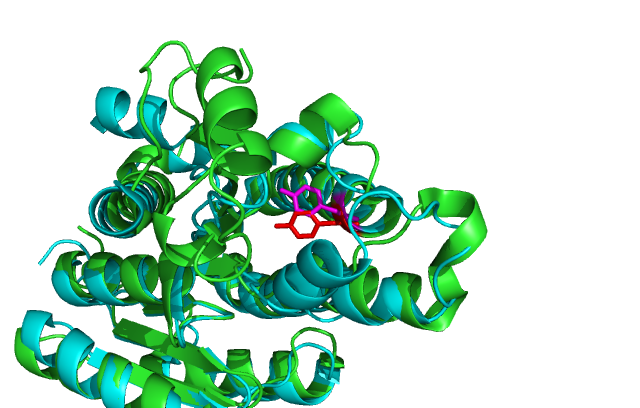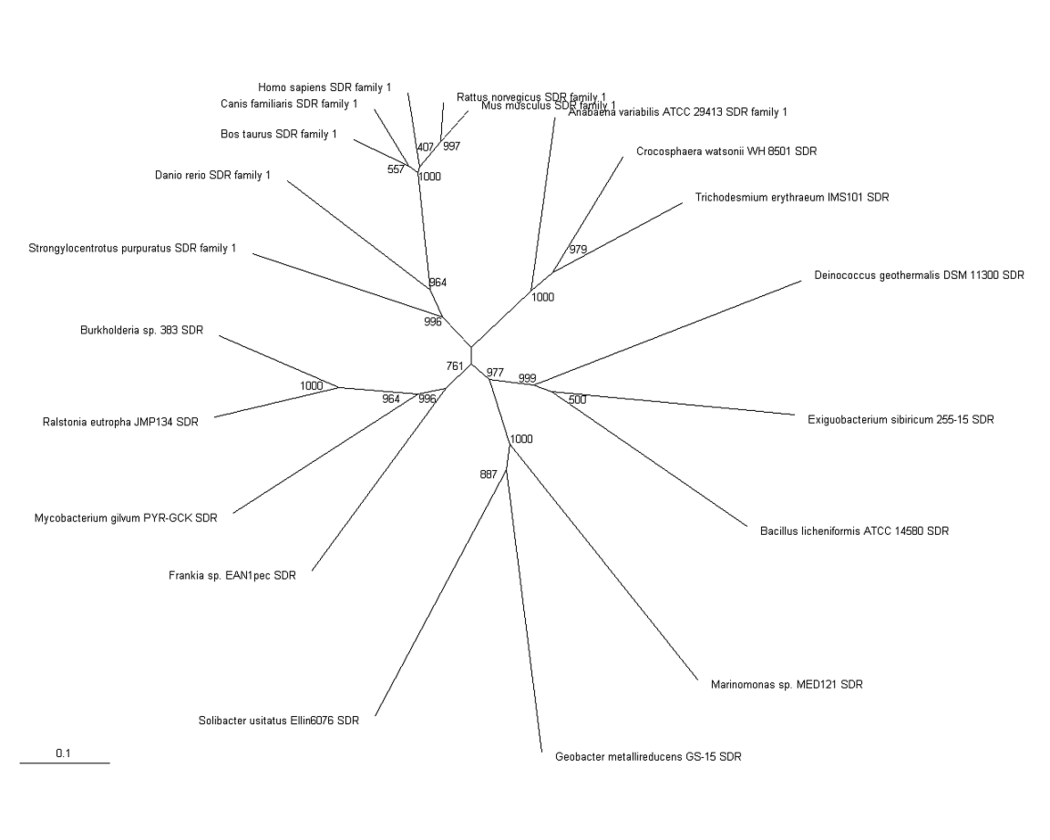DHRS1 Results: Difference between revisions
No edit summary |
Mattlovell (talk | contribs) |
||
| Line 6: | Line 6: | ||
Dehydrogenase/reductase SDR family member 1 has highly conserved structure compared across the SDR family. | Dehydrogenase/reductase SDR family member 1 has highly conserved structure compared across the SDR family. | ||
SDR family is part of the Super Family; NAD(P)-binding Rossmann-fold domain proteins all of which have the Rossmann-fold domain, which is characterised a central β-sheet surrounded by α-helicies. This | SDR family is part of the Super Family; NAD(P)-binding Rossmann-fold domain proteins all of which have the Rossmann-fold domain, which is characterised a central β-sheet surrounded by α-helicies. This puts them in the Alpha and Beta proteins (α/β) class. | ||
Some key residues are conserved across the entire family. Notable a Tyrosine that binds NADPH. It is part of a larger motif (SxxxxxxxxxxxxYxxxK) that includes two other residues involved in binding NADPH. | Some key residues are conserved across the entire family. Notable a Tyrosine that binds NADPH. It is part of a larger motif (SxxxxxxxxxxxxYxxxK) that includes two other residues involved in binding NADPH. | ||
Revision as of 02:25, 3 June 2008
Results/structure
Dehydrogenase/reductase SDR family member 1 has highly conserved structure compared across the SDR family.
SDR family is part of the Super Family; NAD(P)-binding Rossmann-fold domain proteins all of which have the Rossmann-fold domain, which is characterised a central β-sheet surrounded by α-helicies. This puts them in the Alpha and Beta proteins (α/β) class.
Some key residues are conserved across the entire family. Notable a Tyrosine that binds NADPH. It is part of a larger motif (SxxxxxxxxxxxxYxxxK) that includes two other residues involved in binding NADPH.
There is another highly conserved motif (LDVLD) involved in the initial folding of the protein and forms part of the hydrophobic core.
Table 1
PDB/chain identifiers and structural alignment statistics for DALI search
No: Chain Z rmsd lali nres %id Description 1: 2qq5-A 48.1 0.0 238 238 100 MOL:DEHYDROGENASE/REDUCTASE SDR1; 2: 2uvd-A 29.6 2.1 220 246 27 MOL: 3-OXOACYL-(ACYL-CARRIER-PROTEIN) REDUCTASE; 3: 1yde-F 29.3 2.1 216 256 29 MOL: RETINAL DEHYDROGENASE/REDUCTASE 3; 4: 1vl8-B 29.1 2.0 220 252 27 MOL: GLUCONATE 5-DEHYDROGENASE; 5: 2bgk-A 29.0 2.1 219 267 25 MOL: RHIZOME SECOISOLARICIRESINOL DEHYDROGENASE; 6: 2q2q-D 28.9 2.0 217 255 26 MOL: BETA-D-HYDROXYBUTYRATEDEHYDROGENASE; 7: 1rwb-F 28.8 2.2 221 261 24 MOL: GLUCOSE 1-DEHYDROGENASE; 8: 1rwb-A 28.8 2.3 222 261 24 MOL: GLUCOSE 1-DEHYDROGENASE; 9: 1gee-A 28.8 2.3 222 261 24 MOL: GLUCOSE 1-DEHYDROGENASE; 10: 1gco-A 28.8 2.3 222 261 24 MOL: GLUCOSE DEHYDROGENASE; 11: 2zat-A 28.7 2.1 221 251 23 MOL: DEHYDROGENASE/REDUCTASE SDR4; 12: 1gee-B 28.7 2.3 221 261 24 MOL: GLUCOSE 1-DEHYDROGENASE; 13: 1gco-E 28.7 2.3 221 261 24 MOL: GLUCOSE DEHYDROGENASE;



